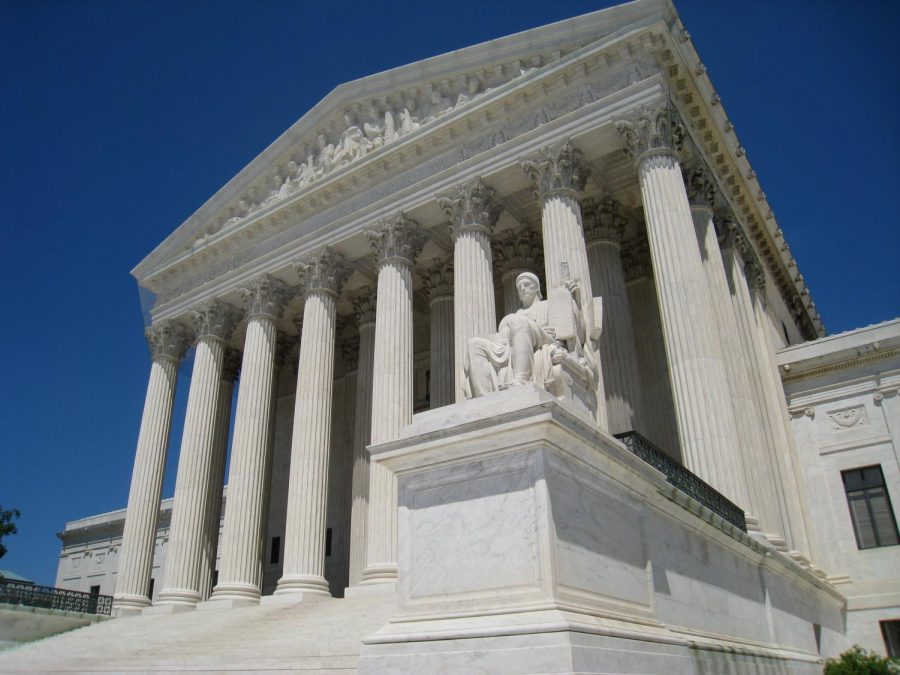Public Domain Wiki Commons image
The U.S. Supreme Court building.
The Legacy of Tinker V. Des Moines
How much free speech do students really have?
Have you ever wondered if a student can protest in a school with a sign that says “Bong Hits 4 Jesus”?
To understand if students have that right or not, we have to go back to December 1965 when John and Mary Beth Tinker along with a friend wore black armbands at their school to protest the Vietnam War. The Tinkers went to the Supreme Court, implying their First Amendment rights got violated when their school told them to remove the armbands; and proceeded to get suspended after refusing to remove them. The court ruled in favor of the students, claiming the students didn’t disrupt the school and might have been a positive by causing discussion outside of the classroom.
Tinker V. Des Moines is the president for all future cases involving freedom of students in schools. In 1986, the Bethel School District V. Fraser case applied the “disruption test” from the Tinker case. Mathew Fraser, a 17-year-old senior at Bethel High School in Tacoma, Washington, gave a speech containing sexual innuendos. The Supreme Court ruled against Fraser claiming, “it is a highly appropriate function of public school education to prohibit the use of vulgar and offensive terms in public discourse,” Chief Justice Warren Burger wrote for the majority. “A high school assembly or classroom is no place for a sexually explicit monologue directed towards an unsuspecting audience of teenage students.”
Now, the case that you’ve been waiting for. In 2002 a student named Joseph Frederick got suspended 10 days from school for unveiling a “Bong Hits 4 Jesus” sign during the Olympic Torch Relay. He was not on school property when he showed the sign in public but was on the school’s “watch.” The school’s policy in which forbids advocating for illegal drugs resulted in the principal, Deborah Morse, taking the banner from him and thus suspended Frederick for refusing to comply with school rules. The case reached the U.S. District Courts. The U.S. District Court for the District of Alaska ruled in favor of the school principal due to the school’s policy. They decided that Frederick’s actions were not protected by the First Amendment if his banner advertised illegal drug use. The Supreme Court granted certiorari and deemed Frederick’s banner constitutionally protected.
Yet, if the learning experience is disrupted by the student’s free speech or vulgar language is used publically, then the student should not be allowed to express their speech. A very valid argument; this claim is the same one the Supreme Court made in the case Tinker V. Des Moines; where it established a middle ground for the rights of students and the restrictions the schools can make on the students, all while setting a precedent for future cases.
As limited as the rights of students in schools are, the Supreme Court has ruled in favor of the students in some court cases. However, similar to life after school, there are limits to those rights as no one in the United States has unlimited rights or power.
